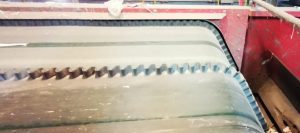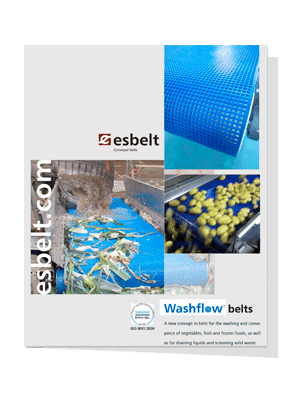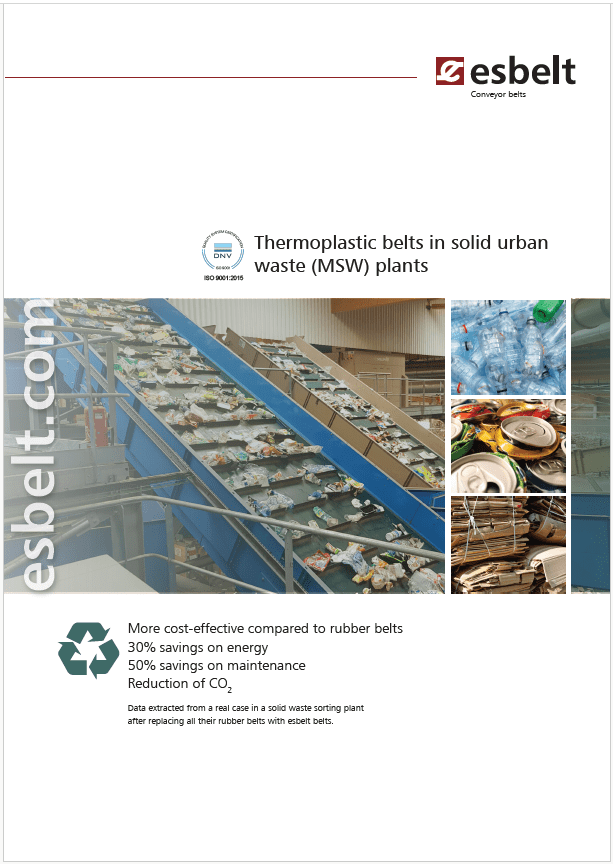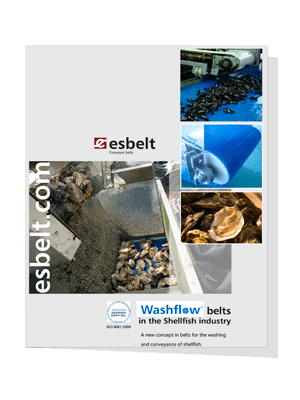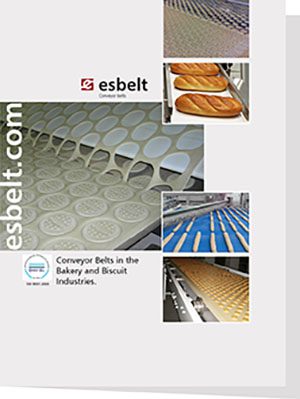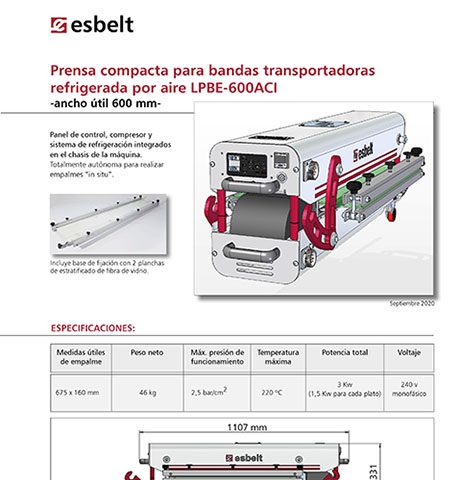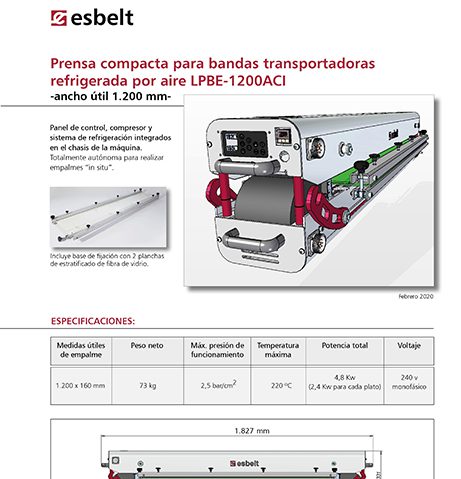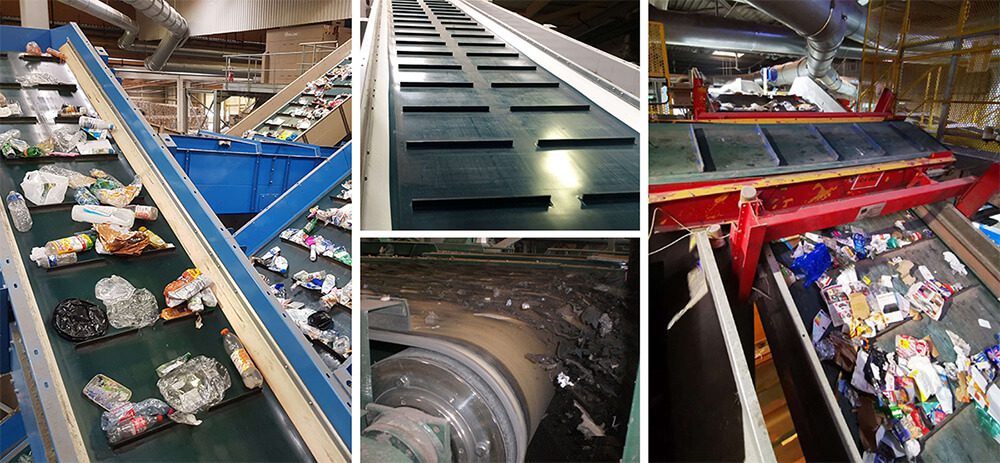
Benefits of our belts:
Multi-purpose belts, work under adverse conditions.
High mechanical resistance to tear and abrasion.
Excellent chemical resistance to mineral oils, soaps, solvents and components of organic origin.
esbelt belts last between 2 to 5 years, about 50% longer than rubber belts.
Lighweight but mechanically solid structure. Lower energy consumption during the sorting process.
Increase production thanks to the reduction of interruptions during the waste sorting process.
Types of belts according to application
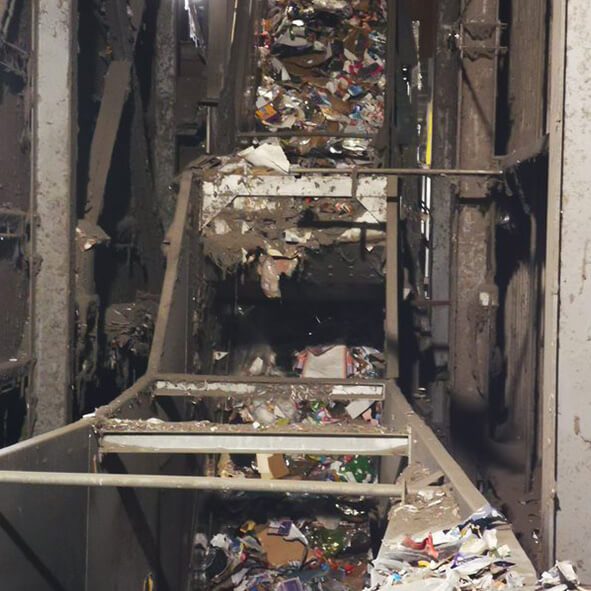
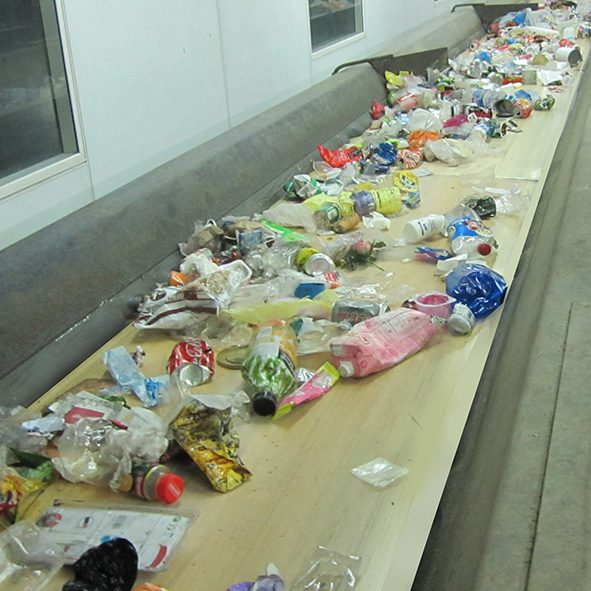
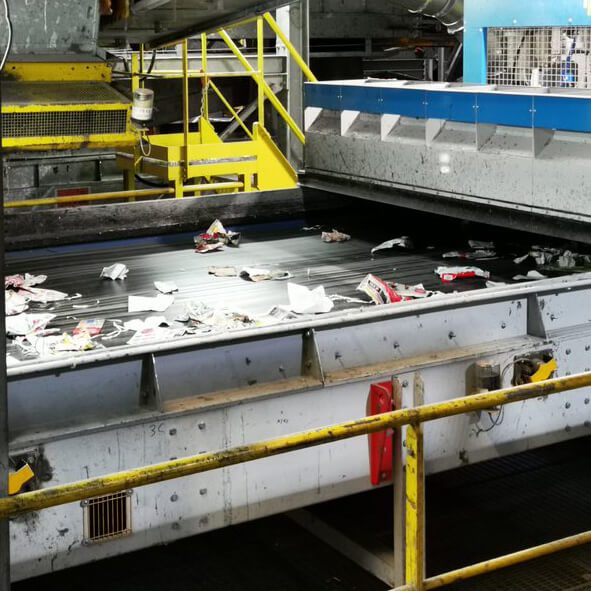
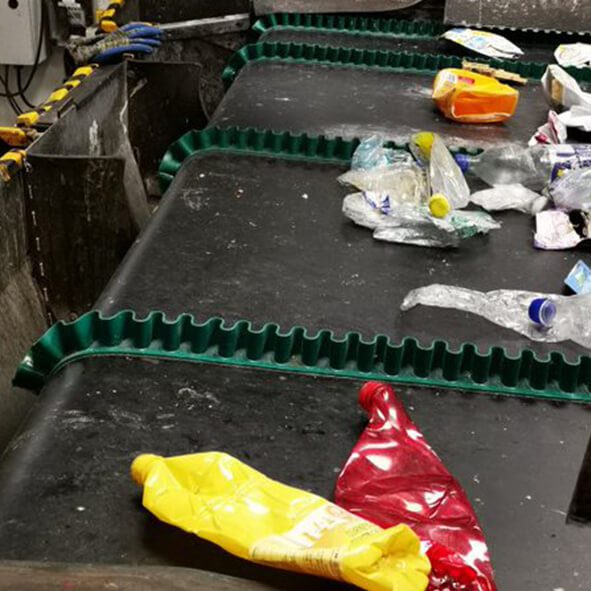
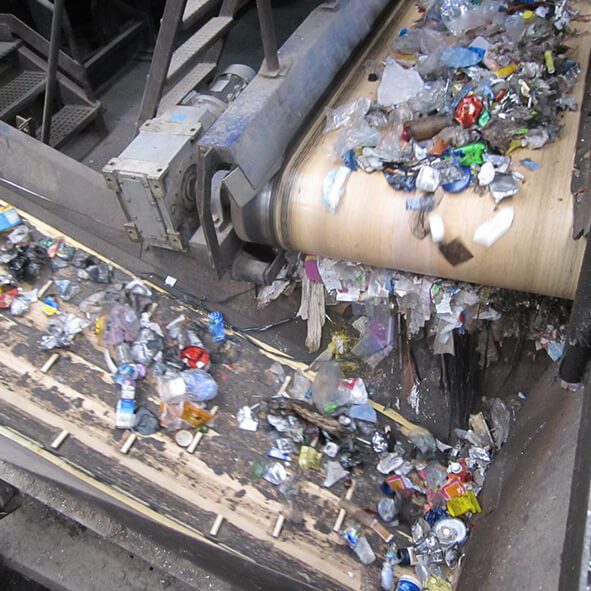
Esbelt has a wide range of PVC and PU belts available for the recovery, transfer, classification and separation of all types of waste materials.
- Belts in the Drago, Breda and Keram series, work well for solid wastes like plastic, carton, metal etc.
- Belts in the Espot series, are suitable for conveying organic waste.
At the reception or primary conveying of solid waste, our ESPOT or DRAGO belts are used depending on the type of materials to classify. Both ESPOT and DRAGO belts meet the ISO 284 anti-static normative, they have flexible weft which allows them to work on trough conveyors. They also have excellent resistance to tear. Our ESPOT belts are food grade according to FDA and EU regulations and are resistant to vegetable and animal oils and fats.
Our Drago belts are resistant to mineral oils and greases. In sorting zones where different materials (scrap, thermal materials paper, carton, plastic) are separated, BREDA and KERAM belts are used. For example, Breda 19UFMT-BK, Breda 21UFMT-BK and Breda 31UFMT-BK are used in optical sorters (for materials from plastic bins) and Keram 40RF is used in the classification of metallic and sharp waste sorting.
In the sorting and rejection processes, there is a large number of conveyors working at different levels. It is necessary to have belts that can work on small pulley diameters to meet the diverse conveyor designs and requirements.

